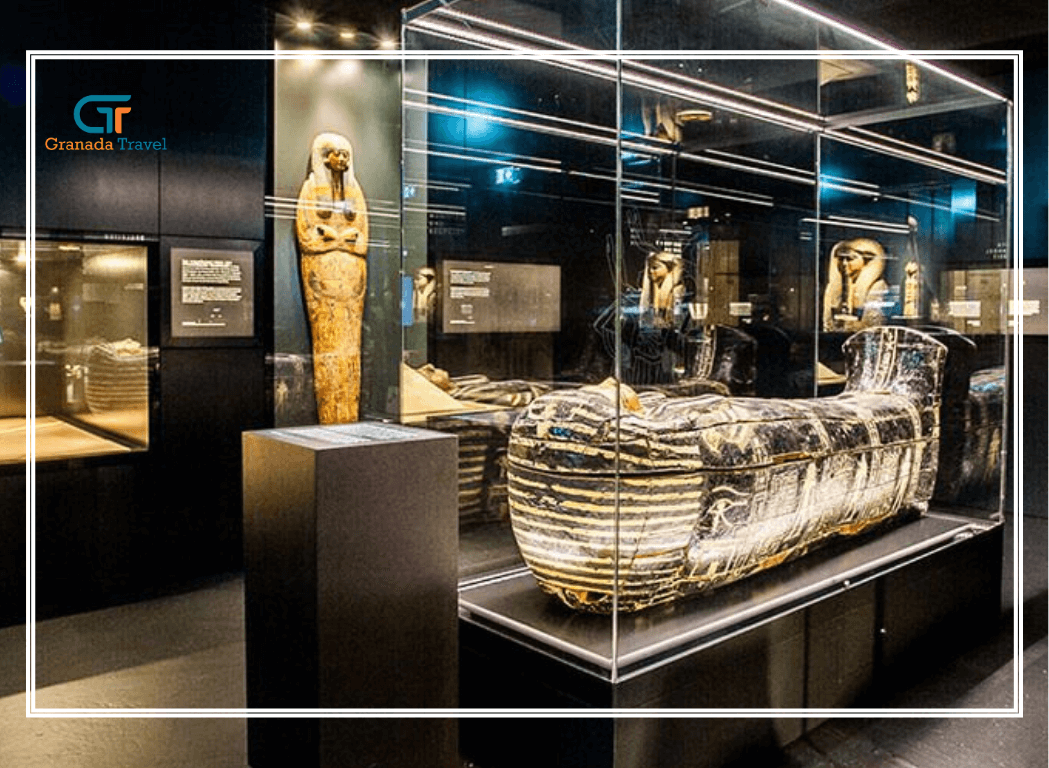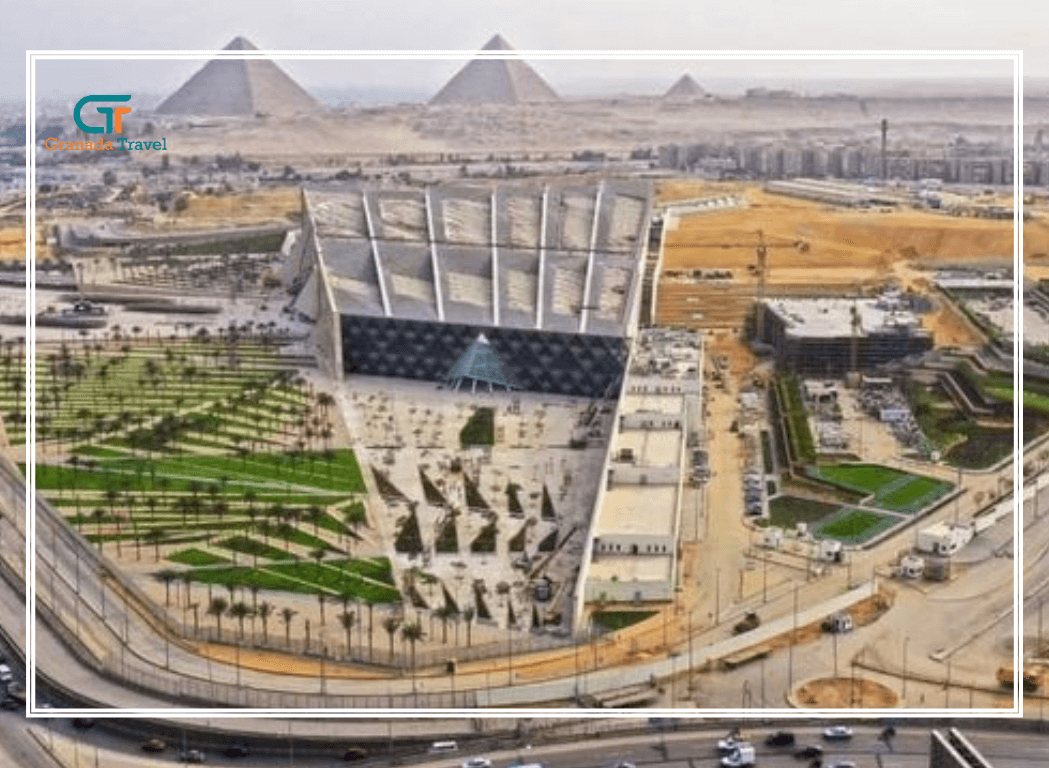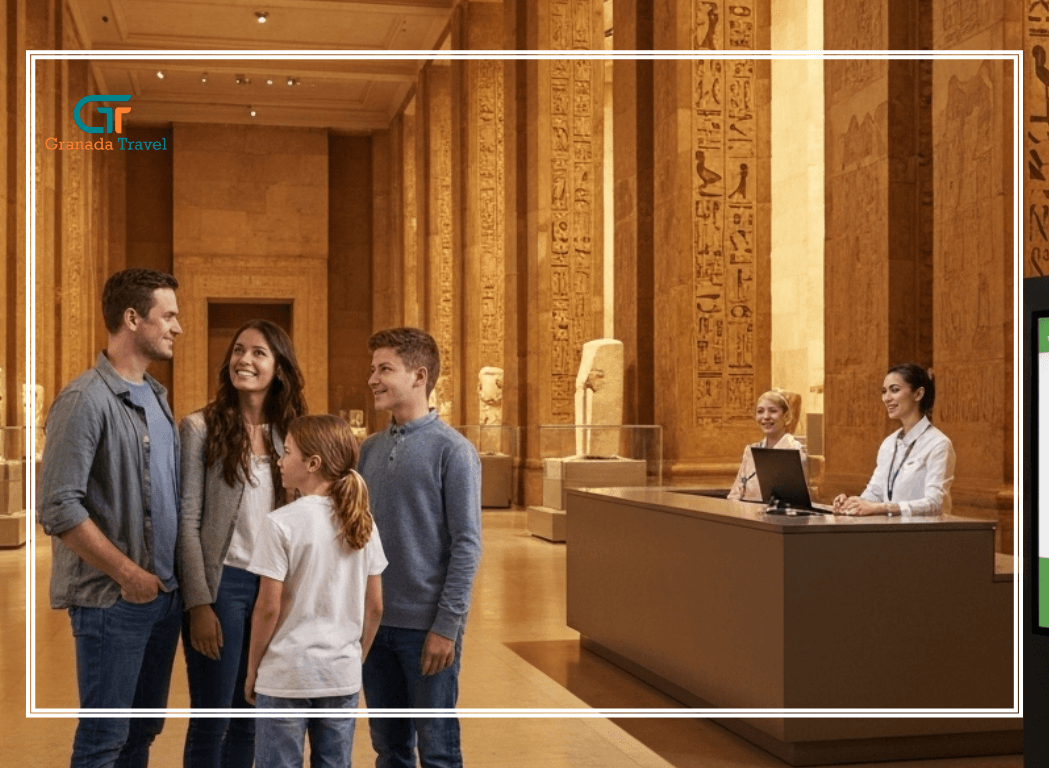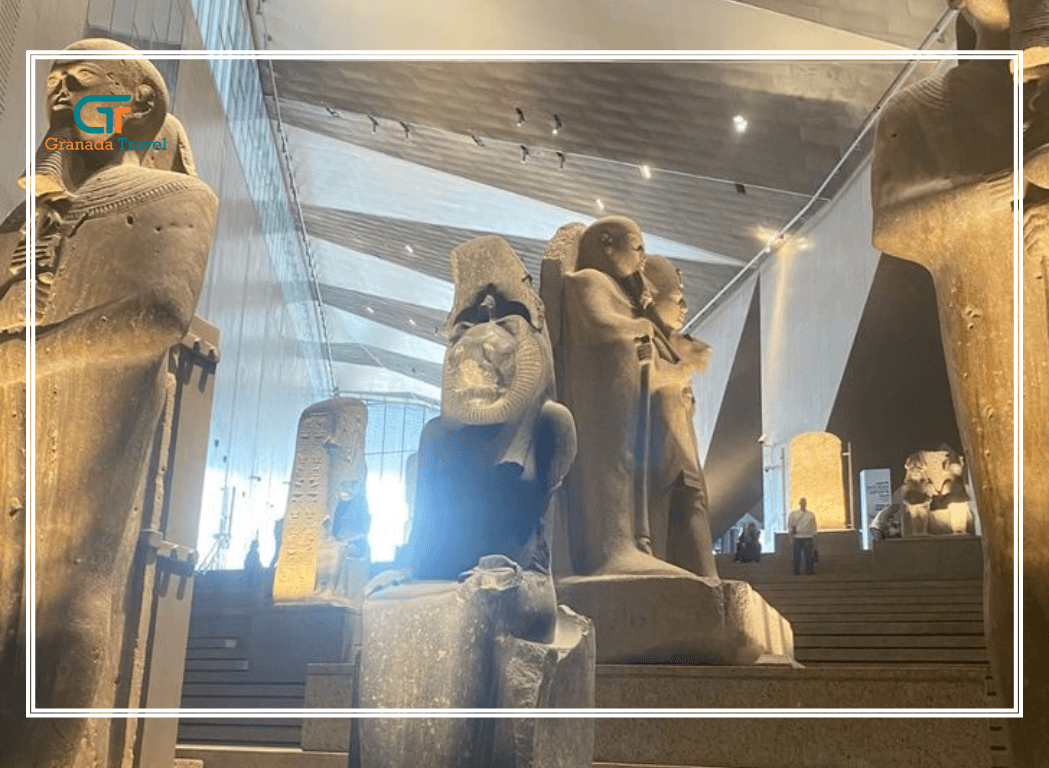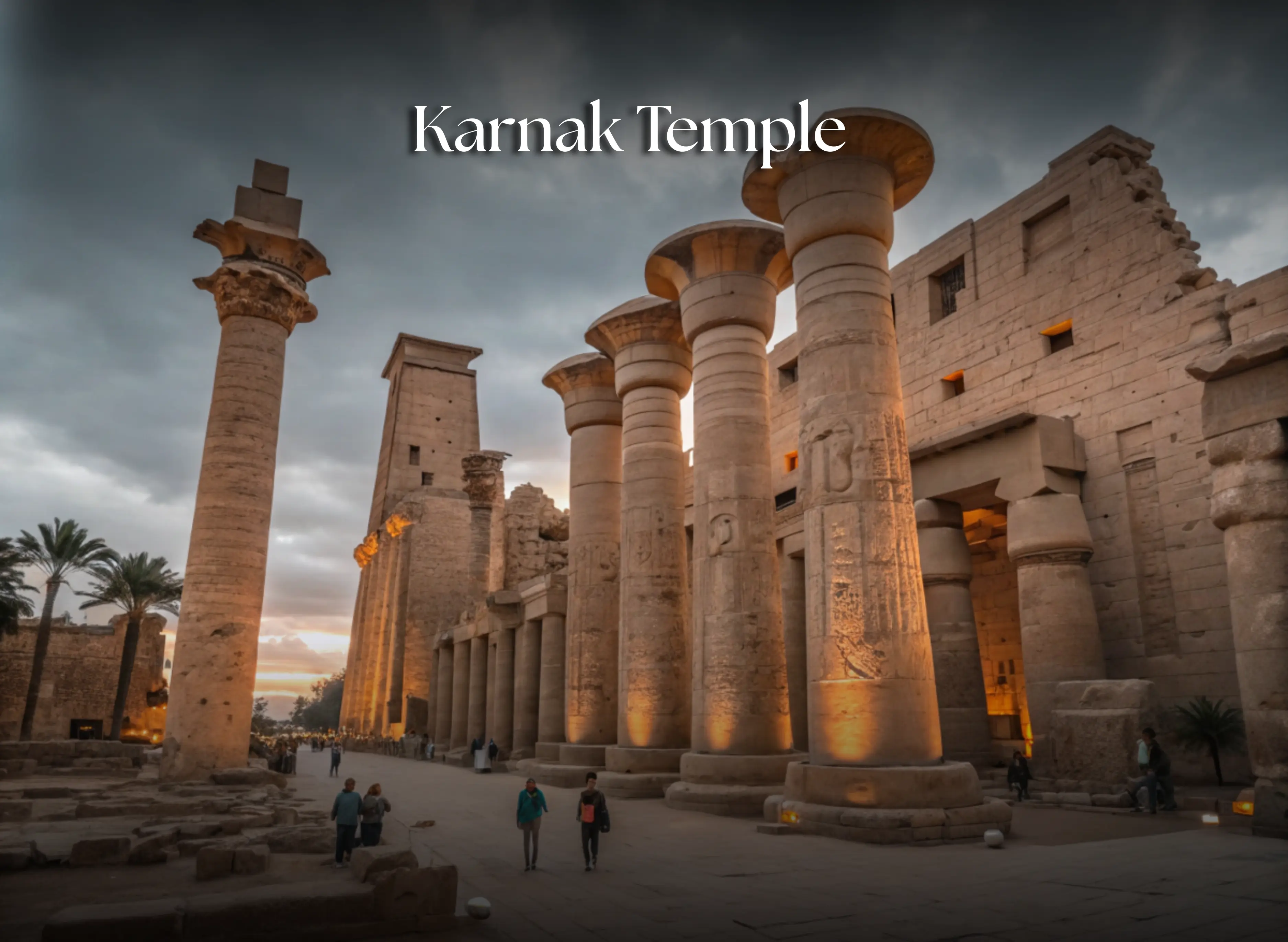
Exploring the Magnificent Karnak Temple: A Journey Through Ancient Egypt
The Karnak Temple, located in the heart of Luxor, Egypt, is one of the most awe-inspiring architectural marvels of the ancient world. Known as the Karnak Temple Complex, this sacred site stands as a testament to the grandeur and spiritual devotion of ancient Egyptian civilization. Spanning over 200 acres, the Temple of Karnak, Egypt, is not just a single structure but a sprawling complex of sanctuaries, pylons, and courtyards dedicated primarily to the worship of Amun-Ra, the king of the gods. In this comprehensive guide, we’ll delve into the history, architecture, and significance of the Karnak Temple, providing facts about Karnak Temple to enrich your understanding and inspire your visit.
The Significance of Karnak Temple
The Karnak Temple Complex is one of the most important religious sites in ancient Egypt, second only to the pyramids of Giza in fame. Situated on the east bank of the Nile River in Luxor Egypt, the temple was the epicenter of religious life for over 2,000 years. Its full name, the Great Temple of Karnak, reflects its monumental scale and cultural importance. Dedicated to Amun-Ra, the Temple of Amun-Ra Karnak was where pharaohs and priests performed rituals to honour the gods and ensure cosmic harmony.
The Karnak Temple location in Luxor places it near other iconic sites, such as the Luxor Temple and the mortuary temple of Queen Hatshepsut Temple. Its proximity to these landmarks makes it a must-visit for anyone exploring Egypt’s ancient wonders. The Temple of Karnak location on the Nile’s east bank also symbolised its connection to the rising sun, a powerful motif in Egyptian theology.
A Brief History of Karnak Temple
So, how old is Karnak Temple? Construction began around 2000 BCE during the Middle Kingdom, with significant expansions occurring during the New Kingdom (circa 1550–1070 BCE). Over centuries, successive pharaohs, including Thutmose I, Hatshepsut, and Ramses II, contributed to its development, each leaving their mark on the Karnak Temple Complex. The question of who built the Temple of Karnak is complex, as it was a collaborative effort spanning generations, with no single architect or ruler solely responsible. Instead, it evolved organically as a collective expression of devotion and power.
The Karnak Temple was not only a religious hub but also a political and economic centre. Priests wielded immense influence, and the temple’s wealth grew through tributes and offerings. Its construction continued until the Ptolemaic period (circa 305–30 BCE), making it one of the longest continuously developed sites in history.
Exploring the Karnak Temple Complex
The Karnak Temple Complex is divided into four main precincts, though only the Precinct of Amun-Ra is fully accessible to visitors today. The complex includes a series of temples, chapels, and other structures, each with its own historical and architectural significance. A Karnak Temple Complex map is invaluable for navigating this vast site, as it helps visitors understand the layout and locate key areas like the Hypostyle Hall Karnak Temple.
The Avenue of Sphinxes
Your journey into the Karnak Temple begins with the Avenue of Sphinxes, a grand processional way lined with ram-headed sphinxes that once connected the Karnak Temple to the Luxor Temple. This 2.7-kilometre avenue was used during religious festivals, such as the Opet Festival, when statues of the gods were carried in a ceremonial procession. The avenue sets the tone for the grandeur that awaits inside the Karnak Temple.
The Hypostyle Hall: A Forest of Pillars
One of the most iconic features of the Karnak Temple is the Hypostyle Hall Karnak Temple, a breathtaking expanse of 134 massive columns arranged in 16 rows. These Karnak Temple pillars, some standing over 20 metres tall, are intricately carved with hieroglyphs and reliefs depicting pharaohs and deities. The hall’s scale is staggering, covering an area of approximately 5,000 square metres. Walking through this “forest of pillars” feels like stepping into another world, with sunlight filtering through the clerestory windows, casting dramatic shadows.
The Hypostyle Hall Karnak Temple was primarily built during the reign of Seti I and Ramses II, showcasing the pinnacle of Karnak Temple architecture. Its columns, designed to resemble papyrus plants, symbolise the primeval marsh from which life emerged in Egyptian mythology. For those seeking Karnak Temple photos, the Hypostyle Hall is a photographer’s dream, with its interplay of light, shadow, and ancient artistry.
The Sacred Lake
Another highlight of the Karnak Temple inside is the Sacred Lake, a large rectangular basin used for purification rituals. Priests would bathe here to achieve spiritual purity before performing ceremonies. The lake also served practical purposes, such as reflecting the temple’s structures during festivals. Its serene beauty contrasts with the towering stone architecture, offering a peaceful spot for reflection.
Other Key Areas
Beyond the Hypostyle Hall and Sacred Lake, the Karnak Temple Complex includes the Precinct of Mut, the Precinct of Montu, and the Temple of Khonsu. While these areas are less accessible, they highlight the complex’s multifaceted role in ancient Egyptian worship. The Temple of Amun-Ra Karnak remains the focal point, with its towering pylons and sanctuaries that once housed sacred statues of the gods.
Karnak Temple Architecture
The Karnak Temple architecture is a masterclass in ancient engineering and artistry. The complex features massive stone pylons, colossal statues, and intricately carved reliefs that narrate stories of pharaohs, gods, and military victories. The use of sandstone, combined with precise masonry, allowed the temple to withstand millennia of wear.
The Karnak Temple pillars are particularly noteworthy. The columns in the Hypostyle Hall are not only structural marvels but also artistic masterpieces, with detailed carvings that have retained their vibrancy despite the passage of time. The temple’s layout, with its axial design and hierarchical progression from public to sacred spaces, reflects the Egyptians’ sophisticated understanding of architecture and cosmology.
How big is Karnak Temple? Covering approximately 200 acres, it is one of the largest religious complexes ever built. Its scale is best appreciated through a Karnak Temple Complex map, which reveals the interconnected precincts and the sheer ambition of its design.
[cta-actions]
Visiting the Karnak Temple
For modern travellers, the Karnak Temple is a highlight of any trip to Luxor, Egypt. The Temple of Karnak location is easily accessible, just a short drive or walk from central Luxor. Visitors can explore the site during the day, marvelling at the Karnak Temple inside and capturing stunning Karnak Temple images. Guided tours are highly recommended, as they provide context for the temple’s history and significance.
The Karnak Temple Sound and Light Show
One of the most memorable ways to experience the Karnak Temple is through the Karnak Temple Sound and Light Show. This evening spectacle brings the temple’s history to life with dramatic narration, music, and illuminated visuals. The show highlights key features like the Hypostyle Hall Karnak Temple and the Sacred Lake, offering a magical perspective on the Great Temple of Karnak. According to Karnak Temple light show reviews, visitors are often captivated by the immersive storytelling and the way the lighting enhances the temple’s grandeur.
The Karnak Temple Sound and Light Show typically lasts about an hour and is available in multiple languages. It’s a perfect way to conclude a day of exploration, blending history with modern spectacle.
Fascinating Facts About Karnak Temple
Here are some facts about Karnak Temple to deepen your appreciation:
- Ancient Engineering: The Karnak Temple Complex was built without modern machinery, relying on ramps, levers, and sheer manpower to erect its massive structures.
- Astronomical Alignment: The temple is aligned with the solstices, reflecting the Egyptians’ advanced knowledge of astronomy.
- Continuous Construction: The Karnak Temple was expanded over 2,000 years, making it a living monument to Egypt’s evolving history.
- Colossal Statues: The complex houses statues of pharaohs and gods, some weighing hundreds of tons.
- Cultural Hub: The temple was not just a religious site but also a centre for education, administration, and trade.
Comparing Karnak to Other Egyptian Temples
While the Karnak Temple is unique, it’s worth comparing it to other iconic sites in Luxor, Egypt, and beyond. The Luxor Temple, located nearby, is smaller but equally significant, serving as a ceremonial counterpart to Karnak. The Abydos Temple, dedicated to Osiris, offers a more intimate glimpse into Egyptian funerary practices, while the Dendera Temple Complex is renowned for its vivid reliefs and astrological ceiling. The Esna Temple and Temple Amun provide further insights into Egypt’s religious diversity, and the Queen Hatshepsut Temple, with its terraced design, showcases a different architectural style.
Each of these sites complements the Karnak Temple, creating a rich tapestry of Egypt’s cultural heritage. A visit to Luxor, Egypt, allows travellers to explore these interconnected landmarks, each offering a unique perspective on ancient Egyptian life.
Tips for Visiting Karnak Temple
To make the most of your visit to the Karnak Temple, consider the following:
- Timing: Visit early in the morning to avoid crowds and the midday heat.
- Guided Tours: Hire a knowledgeable guide to uncover the temple’s hidden stories and details.
- Photography: Bring a camera to capture Karnak Temple photos, especially in the Hypostyle Hall and by the Sacred Lake.
- Comfort: Wear comfortable shoes and bring water, as the complex is vast and requires extensive walking.
- Sound and Light Show: Book tickets for the Karnak Temple Sound and Light Show in advance to secure your spot.
The Legacy of Karnak Temple
The Karnak Temple remains a powerful symbol of ancient Egypt’s ingenuity, spirituality, and ambition. Its towering pillars, intricate carvings, and vast scale continue to captivate visitors from around the world. Whether you’re drawn to its historical significance, architectural brilliance, or the ethereal beauty of the Karnak Temple Sound and Light Show, this iconic site offers an unforgettable journey into the past.
As you plan your trip to Luxor, Egypt, make the Karnak Temple a priority. Its grandeur and mystique will leave you in awe, offering a profound connection to the ancient world. From the Hypostyle Hall Karnak Temple to the serene Sacred Lake, every corner of the Karnak Temple Complex tells a story of devotion, power, and timeless beauty.
For more information on exploring Egypt’s ancient wonders, consider visiting the Luxor Temple, Abydos Temple, or Dendera Temple Complex to complete your journey through this extraordinary civilization.
[cta-actions]

